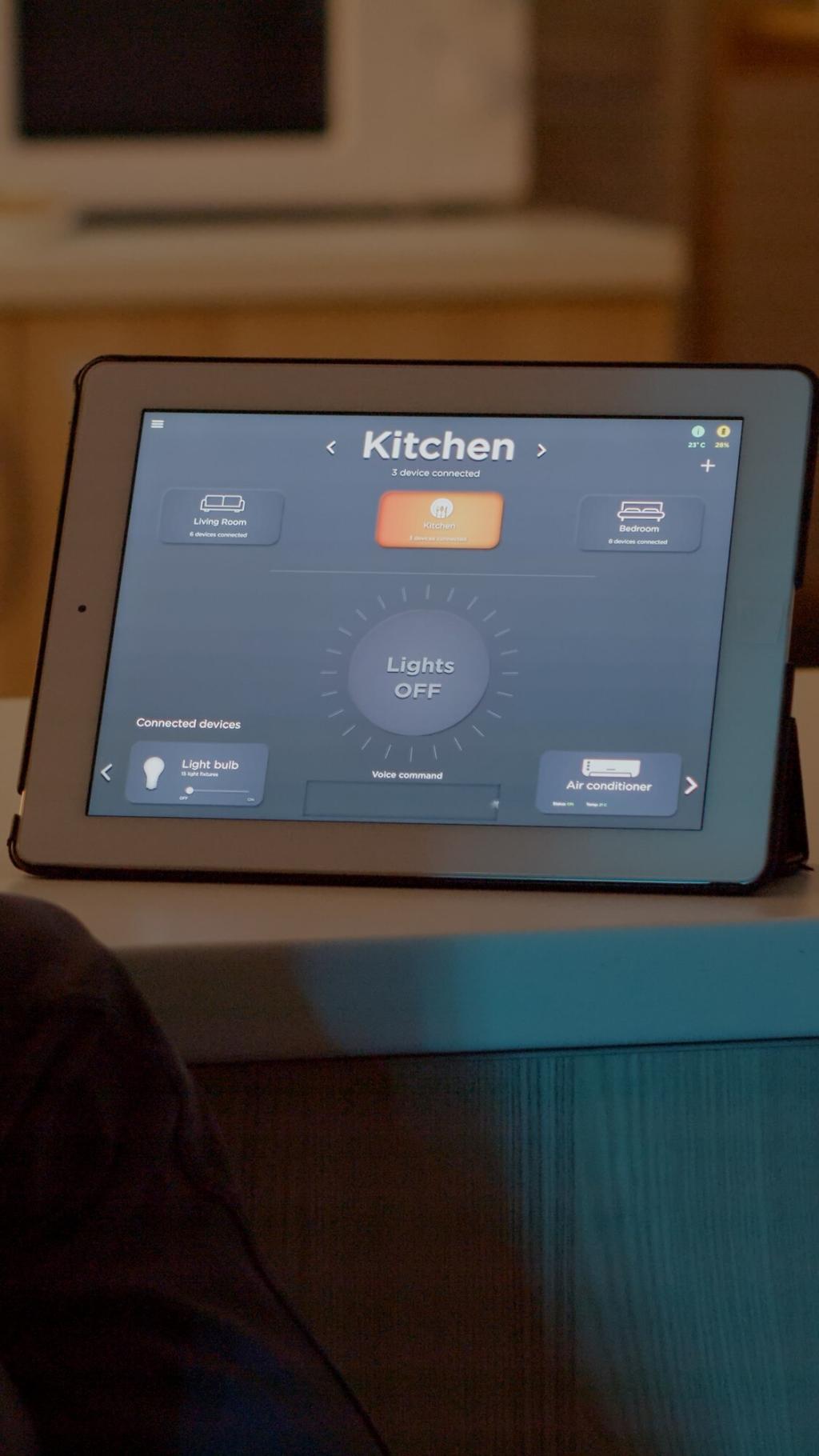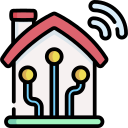AI in Water Management for Homes
Artificial Intelligence is reshaping the way homeowners manage water consumption, enabling smarter, more sustainable, and cost-effective solutions. By integrating AI-powered technologies into daily routines and household infrastructure, individuals and families can actively participate in preserving this invaluable resource while benefiting from streamlined processes and reduced utility expenses. This page explores the innovative applications of AI in residential water management, highlighting efficiency, conservation, and the seamless integration of advanced data analytics for the modern home.
Smarter Water Usage Optimization
Intelligent Consumption Monitoring
AI-enabled sensors and analytics platforms can continuously track the patterns of water use across various household appliances and fixtures. These systems identify inefficiencies, such as leaky faucets or toilets, and provide real-time alerts or recommendations to guide users toward better habits. By leveraging data from multiple sources, homeowners have unprecedented visibility into their consumption, encouraging more responsible and sustainable usage without requiring constant manual checks or interventions.
Automated Leak Detection and Prevention
Leaks in residential plumbing often go unnoticed until significant damage has occurred. AI-enhanced solutions actively scan for anomalies in water flow, pressure, and usage that might indicate leaks. When irregularities are detected, they can automatically shut off water supplies to affected areas, send notifications to owners, and even suggest next steps for repairs. This proactive approach substantially reduces damage risks, waste, and associated repair costs, ultimately providing peace of mind while fostering sustainable behaviors.
Personalized Usage Insights and Suggestions
Customized data analysis supplied by AI tools empowers homeowners with tailored insights into their water consumption habits. Machine learning algorithms compare individual usage patterns with established benchmarks, recommend achievable goals, and suggest practical adjustments such as the optimal schedules for watering gardens or the best times to run appliances. These personalized tips not only make efficient water use easier but also contribute to significant reductions in utility bills over time.

Water Conservation and Sustainability Applications
For homes with gardens, lawns, or landscapes, AI-driven irrigation controllers offer substantial water savings. These systems interpret real-time and historical weather data, soil moisture levels, and plant requirements to precisely schedule and adjust watering routines. Unlike conventional timers, AI ensures that water is distributed only as needed, avoiding overwatering or waste during rainy periods. This not only preserves water but also promotes healthier plants with minimal manual oversight.

Real-Time Water Quality Monitoring
AI-powered sensors placed throughout home plumbing systems provide ongoing analysis of water quality parameters such as turbidity, pH levels, and the presence of contaminants. These systems detect irregularities instantaneously, flagging potential issues like bacterial contamination or chemical imbalances. Homeowners are notified immediately, enabling swift action to address problems before they can pose a health risk. This persistent vigilance ensures that water remains safe for all household uses.
Intelligent Filter and Purification System Management
Modern water purifiers and filtration systems now incorporate AI to manage their own performance and maintenance schedules. By continuously analyzing operation data and water quality metrics, these systems predict when filters require replacement or maintenance. Owners receive timely prompts, guaranteeing consistently high purification standards without unnecessary replacements. This convergence of intelligence and automation reduces costs, inconvenience, and the likelihood of drinking compromised water.
Proactive Contaminant Source Detection
When water quality diminishes, AI can assist in tracing issues back to their root sources—whether localized within a home’s pipes or originating from municipal supply lines. By comparing patterns of contamination with vast databases of known issues, these systems suggest probable causes and targeted solutions. This precision reduces diagnostic time, helps eliminate guesswork, and empowers households to collaborate more effectively with service providers in resolving infrastructure challenges.
